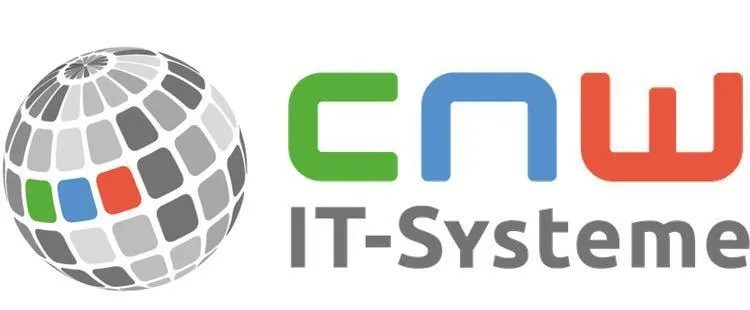Background
CNW-IT Systeme GmbH has adopted a data-driven sustainability strategy in order to accurately analyse its emissions and implement targeted measures to reduce its environmental footprint.
The company aims to reduce its Scope 1 and 2 greenhouse gas emissions by approximately 40% by 2031, compared to 2021 levels.
This reduction will be achieved through energy efficiency improvements, fleet electrification, and sustainability initiatives such as LED transitions, reduced travel, and climate contribution projects.
CNW IT-Systeme has been a leading provider of printers, plotters, multifunction devices, scanners, computers, and monitors, as well as many other IT solutions, for more than 24 years. The company collaborates with leading high-tech brands such as Acer, Canon, Dell, Epson, HP, Kyocera, Lenovo, Microsoft, OKI, Ricoh, Xerox, and many more. In addition to offering a comprehensive product range with expert advice, CNW is particularly committed to actively implementing the idea of sustainability in its industry. Through resource-efficient IT procurement, recycling programs, and the use of energy-efficient technologies, CNW creates a more sustainable IT infrastructure for the company itself, and its customers.
Additionally, the company has implemented concrete sustainability initiatives, such as transitioning to LED lighting, training employees on energy saving and waste separation, reducing company vehicles, and gradually transitioning to a hybrid or electric fleet where feasible. A particular highlight is the company’s bee sponsorship with beeswelove, through which CNW actively supports species conservation.
Challenge
The biggest challenge for CNW has been collecting and evaluating reliable sustainability data.
Before using Sweep, data collection relied on manual processes, including emails and phone calls between departments. The sustainability team sent out internal surveys and follow-ups to gather relevant information, which was then compiled in spreadsheets.
Many processes were fragmented, with data stored across multiple spreadsheets and documents, making it challenging to maintain consistency and accuracy.
There was no central database or automated system for managing sustainability measures. Additionally, defining and tracking concrete KPIs regarding the environmental impact of our operations was difficult. The responsible team spent several hours per week manually gathering and validating data, leading to inefficiencies.
According to CNW’s Caroline Lück, implementing Sweep significantly streamlined the process, reducing time spent on data collection and improving overall data accuracy.





